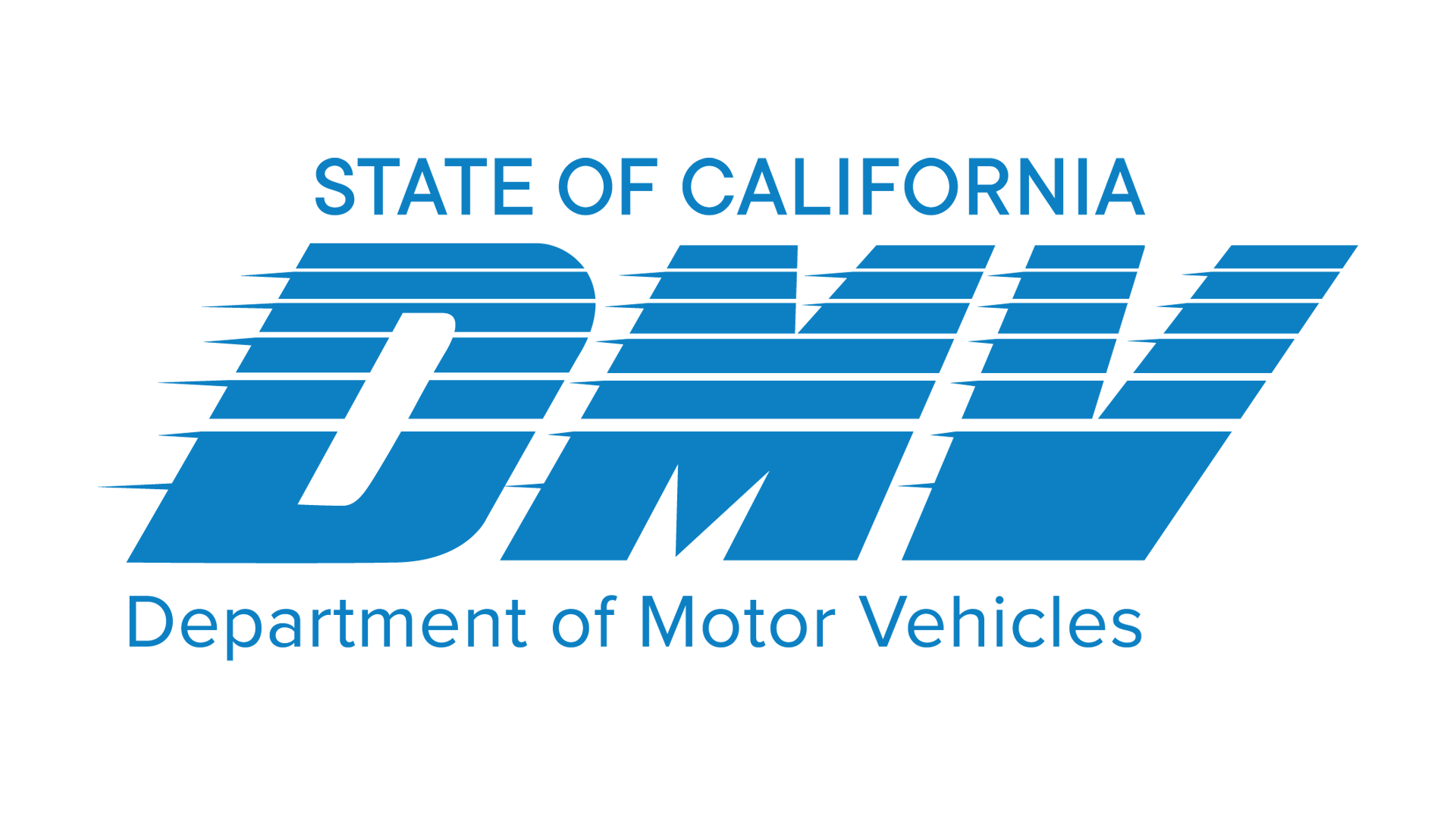Submitting insurance claims is a huge part of the dental billing process. It’s also a part of the process plenty of dental professionals make mistakes on because they believe a few myths about it. Learn these insurance claims myths so that you can know what to avoid in order to get paid.
One of the easiest mistakes to make in the dental claims processing world is to a-sume. You might expect the path from insurance claim to bank deposit is straightforward, but complex systems don’t always work like you’d expect, and the claims process is no different.
At Dental ClaimSupport, we see dental practices believe these myths too often, and in turn, miss out on revenue they could be collecting. This is why we’ve spent years trying to understand these insurance claims myths so that we could, well… bust them!
In this article, you will learn the 6 most common myths about dental insurance claims, and the truth behind them. Understanding these myths can help you more accurately navigate the ever-so-confusing world of dental insurance. Properly submitting claims will help your practice collect the money it has earned from insurance companies in a more timely manner.
If only this were true... there are a number of reasons dental claims don’t make it to that final destination. It could be a technical problem, it could be that the claim wasn’t properly batched. It’s easy to think that once you submit your claim, you can check it off your list and not worry about it until it’s paid.
Insurance verification, data entry, and Payer IDs all play major roles in making sure your claim makes a swift journey to the insurance company to get processed and paid. In other words, all you can do is make sure you’re properly verifying insurance and accurately inputting the patient’s information for the claim, while also following up on its status.

















